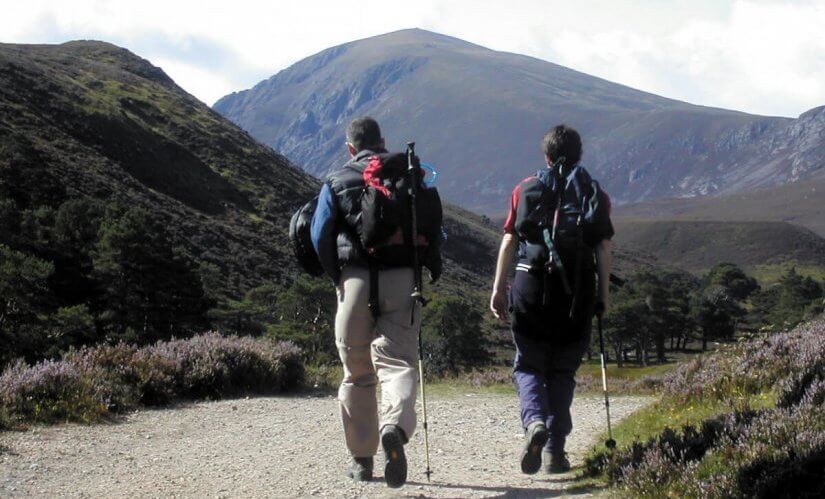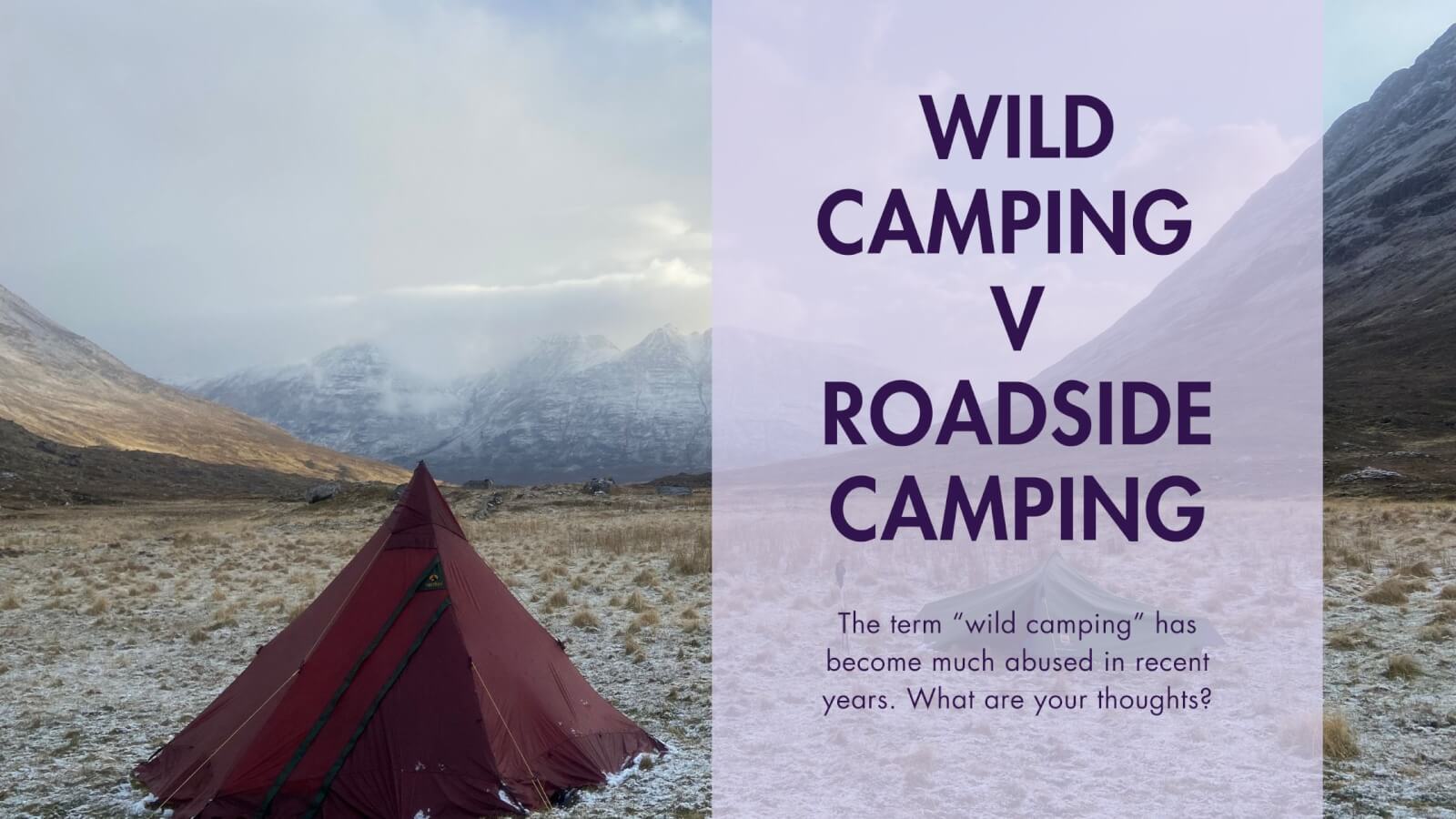Top 10 gadgets for the hiker or adventurer
Not all of the items we’ve selected are to take out on the hill with you. If you’re considering upgrading your navigation skills or attending a winter skills course this season, you might want to think of some of the items on the list below. Maybe they’ll help to bulk out your Christmas list.
1. Eat – Sleep – Hike
T-shirt, sweatshirt, travel mug, water bottle – with the eat/sleep/hike slogan on it. You can’t really go that far wrong. There’s plenty of choice – T-shirt, sweatshirt, mp3 speaker, travel mug, water bottle, hiking flask
http://www.zazzle.co.uk/eat+sleep+hike+gifts
2. Sleeping mat
If the person you’re buying for is considering any kind of camping a sleeping mat would be a good investment as a good night’s sleep is invaluable. Certainly when you have been hiking all day and are tired at the end of it, you really need to lay your head down somewhere comfortable. The old foam mats really don’t cut if for me these days as you can wake yourself up every time you shift in your sleep. For further research check out this forum discussion on WalkHighlands: Self-inflating sleeping mat v tradtional foam mat – which to choose?http://www.walkhighlands.co.uk/Forum/viewtopic.php?f=20&t=39163
Recommended by Men’s Health: Therm-a-Rest NeoAir XLite Sleeping Pad
This is a very light weight but comfortable sleeping mat, however there have been reviews mentioning that the durability of the fabric has been sacrificed in order to make the mat light-weight and consequently it can puncture relatively easily.
Also when buying a self-inflating mat, don’t do what I did and get a short length one assuming that if your body is supported you’ll be fine. Really it is a much better idea to get a mat on which you can stretch out. Don’t forget that your brain is very important when you’re out hiking and it needs a good night’s sleep to recuperate just as the rest of your body does. If you’re tossing and turning and your feet are cold in the night, you just won’t feel well rested in the morning. Pay a wee bit more to make sure you have a mat which will last and provide adequate protection from the damp/cold ground and comfort to support your whole body.
3. Rugged camera (eg Olympus TG-320) or GoPro
If you have the cash to spare, and you like to record your adventures on video, you can’t really beat a GoPro, but make sure you also invest in the clamps/harnesses in order to be able to attach it to gear. It is perhaps not quite as useful for a hiker as for a mountain biker/climber unless they also like to do a wee bit of scrambling, but really video adventures are all the rage.
Danny Macaskill’s video (below) of the Cuillin Ridge on Skye has been a phenomenal success.
4. GPS
Before you decide on a GPS you should definitely read this article on Walk Highlands: http://www.walkhighlands.co.uk/safety/gps-smartphones.shtml and make sure that your navigational skills are good enough that you are confident going out in the hills.
The advent of GPS systems means that people often have a false sense of security when heading out in the hills, as they assume that the GPS will save them if they make a mistake. The ideal situation is of course not to have made that mistake in the first place and the best of of ensuring this is to make sure that you have learnt mountain navigation skills from the best and understand your map. Scot Mountain Holidays offers 2 day navigation courses in the Cairngorms National Park which can really test your navigational knowledge while in the company of an expert and give the the practice you’ll need so that when you leave you’ll feel confident about continuing on your own.
Remember a GPS runs on batteries which can fail, especially in cold weather
Remember that a GPS can tell you where you are but it can’t read the map to tell you how to reach your destination.
NEVER rely on a GPS system on a mobile phone if you’re heading out on the hill as these apps drain the battery on a mobile phone down to only a few hours of life and you may need the phone as a phone.
Another good source of GPS reviews and advice is:http://hikingequipmentreviews.co.uk/hiking-gps-reviews
Reviews of handheld GPS systems: www.outdoorgearlab.com/Handheld-Gps-Reviews
Don’t forget the low tech, traditional alternative: A COMPASS preferably with a map.
5. Camelbak All Clear Microbiological UV Water Purifier or Water Filter Straw
Though in Scotland most water on the hill is pretty safe to drink, particularly if you are in an area which is not really used by hill farmers to graze their livestock, so purification is not really an issue. But if you’re planning to head abroad or do most of your hiking further south, then purification is something you will need to consider.
You can pick up the Camelbak bottles on Amazon, but be aware that this is not like buying an ordinary water bottle and the price point is close to £100.
Before you go to buy a water filter straw – which is a really cool way to make sure you have enough water while out hiking, providing you come across a water source, check out this review and guide to water filter straws available in the UK: http://www.ukpreppersguide.co.uk/best-water-filter-straw-for-survival/
6. Solar recharger for laptops, tablets and dvd players
Not a cheap piece of kit and probably only something you would consider buying if going on a multi-day expedition into the wilds where you won’t get any acces to a mains electrical supply. Probably not something you have any great need for in the UK.
Example: Goal Zero Sherpa 50
Another alternative, which is potentially more useful, is the PowerMonkey. which will recharge most batteries and devices from smartphones to cameras to laptops, depending on the model you buy and is actually much more convenient than taking along multiple power cords (and adapters) to charge all your devices.
7. Activity Monitor/Heart rate monitor
Everyone likes an accolade be it applause or a certificate or merely a pat on the back. Activity monitors like the FitBit or a smart watch like Magellan Switch allow you to do this while also out exercising. The FitBit is a fitness monitor which will also help to count calories and track your fitness targets. The Magellan Switch or Switch Up give you even more functionality with the advantage of the Switch Up being that if you like to participate in more than one sport it can also be attached to a bike and even used for swimming. However, my personal feel is that it could probably do with some refinement and for most people would not take the place of a GPS are there is no way of storing map information which the screen would be too small for anyway.
8. Sony DEV-3 Digital Recording Binoculars
These are quite an innovation, but they come with a price tag. Still imagine being able to record what you see through your binoculars. You’d be able to get quite some footage.
9. MicroJet Lighter (Flame) Torch
If you’ve ever struggled with matches when trying to brew up a cup of tea, you’ll be first to rush out and get one of these lighters. I think the MicroJet Lighter Torch is one of the coolest tools around. The ability to have an on-demand torch that runs entirely on disposable lighters is something that no hiker would turn down. The wind-proof flame and waterproof piezo electronic ignition system make the MicroJet ideal for outdoor use and camping. Perfect as a stocking filler.
Available from Amazon
10. Smartphone drybag
If you’ve ever managed to get your smartphone wet, the first thing you’ve probably done is to invest in a waterproof cover. If you’re phone’s not insured, it spells instant death to your phone to get it wet.
A small investment of a few pounds could save you humdreds of pounds, but make sure you don’t take it out during any rain. It might seem an obvious thing to say, but I do know people who’ve done this – and regretted it. Really an essential item if you plan to have your phone with you when you head out into the hills, whether you’re with others or not. These days your phone is considered to be part of your emergency equipment, you should protect it.














